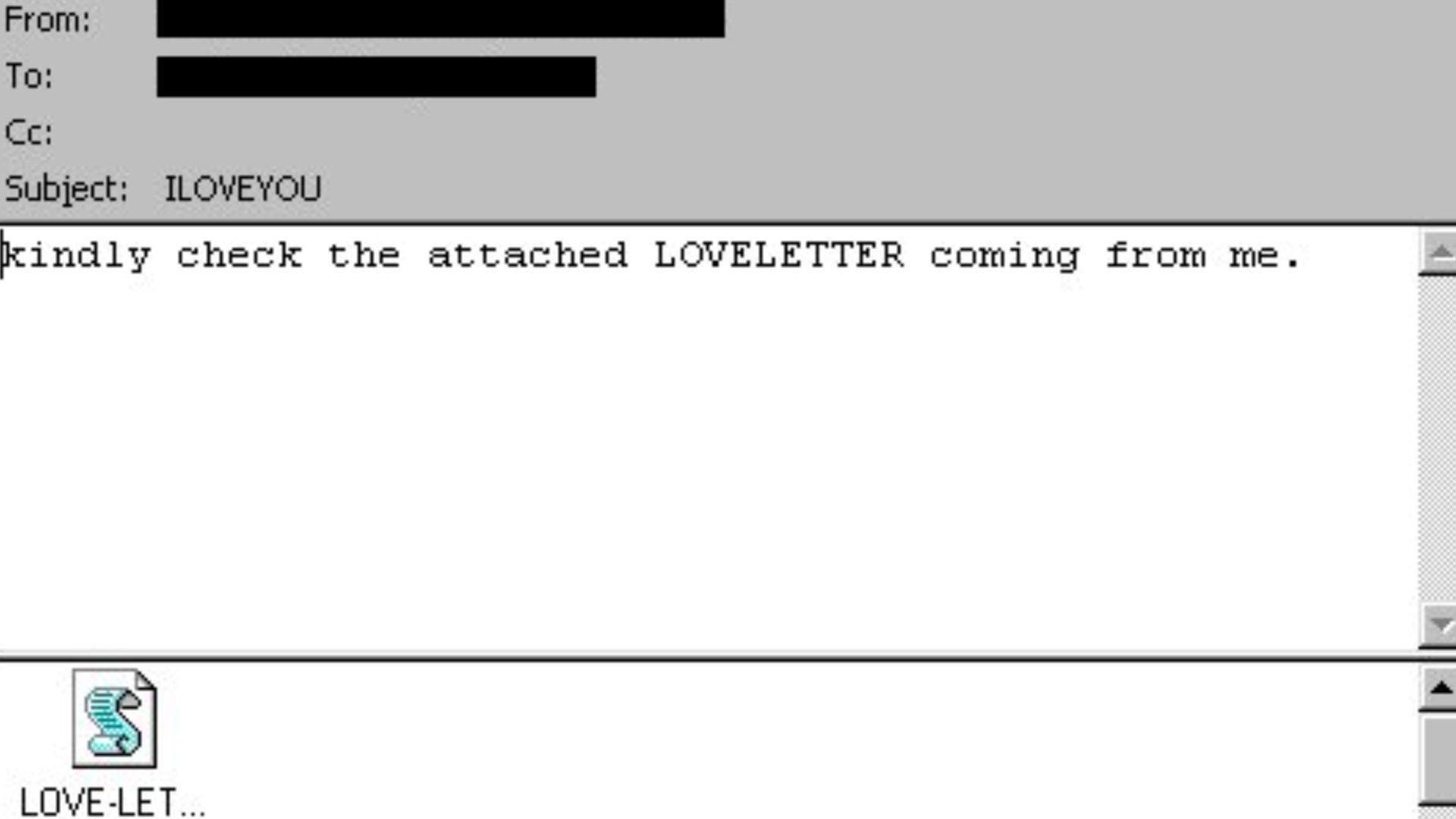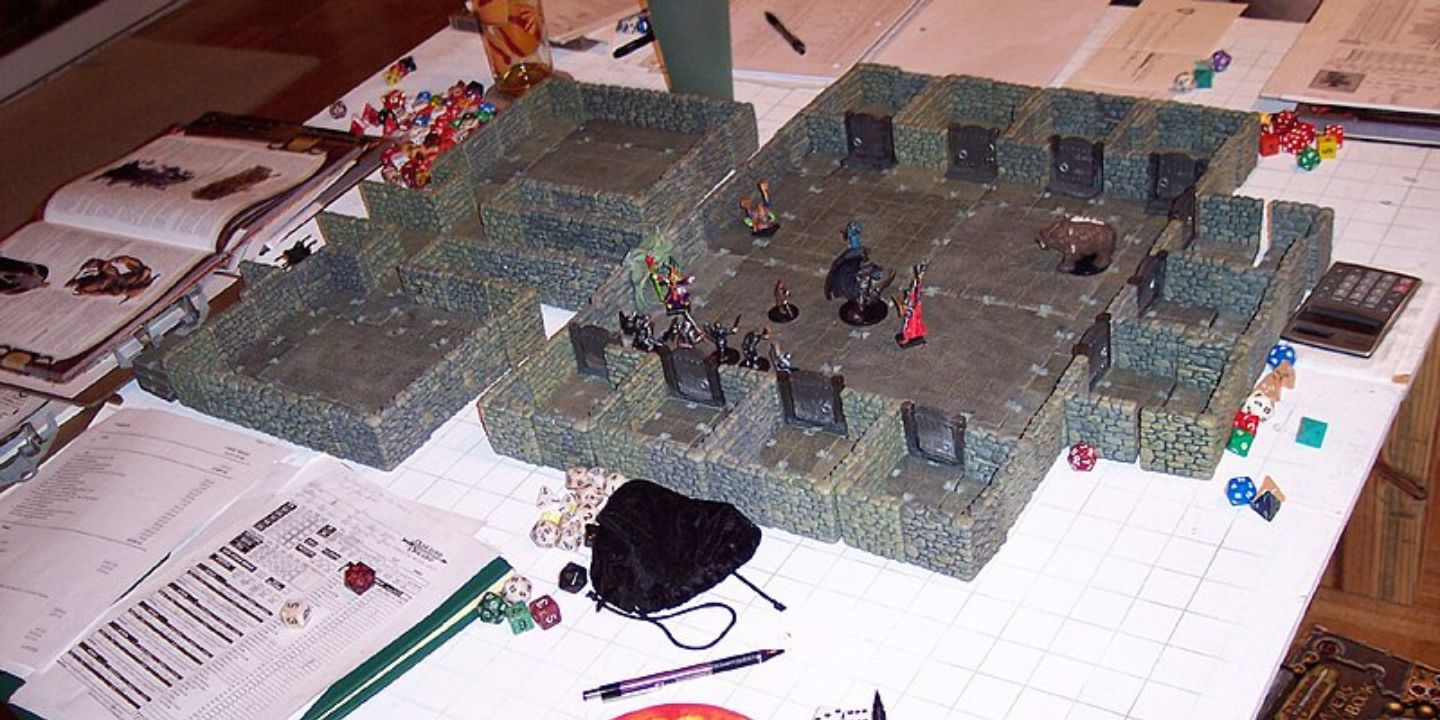Where Code Meets Chaos
One careless download. One email attachment. That’s all it’s ever taken to bring billion-dollar systems crashing down. Over the years, computer viruses have transformed from mischievous experiments into digital predators capable of stealing secrets, emptying bank accounts, and silencing networks. Behind every major outbreak lies a story of chaos or human error. Keep reading to explore the 20 most dangerous computer viruses ever created.
1. ILOVEYOU (2000)
Millions learned the hard way that love and malware don’t mix. The ILOVEYOU email arrived disguised as a romantic confession, but once opened, it spread through Outlook like wildfire. Within hours, over 45 million computers were infected, even halting operations at the Pentagon and major corporations.
2. Stuxnet (2010)
No virus had ever caused real-world destruction—until Stuxnet. Crafted by U.S. and Israeli intelligence, it specifically targeted Iran’s nuclear centrifuges to sabotage them from within. This digital strike redefined cyberwarfare as a new weapon of state power.
3. Mydoom (2004)
When Mydoom surfaced in early 2004, inboxes worldwide couldn’t keep up. The worm spread faster than any seen before, quietly creating backdoors and launching attacks on tech giants. Despite massive damage, investigators never uncovered the identity of its elusive creator.
4. Conficker (2008)
Instead of a bang, Conficker brought a creeping takeover. Infecting millions of Windows computers, it formed a huge hacker network capable of chaos—but oddly, it never struck. Experts still debate why one of history’s largest digital armies stayed dormant.
 Flickr user Kevin Jarrett on Wikimedia
Flickr user Kevin Jarrett on Wikimedia
5. Reveton (2012)
You power up your computer—and suddenly, a fake FBI notice pops up accusing you of breaking the law. That was Reveton’s trick. It locked systems, flashed law enforcement logos, and demanded fines. The fear it created was as effective as the ransomware’s actual code.
6. Brain (1986)
It all started with a floppy disk. Brain, built by two brothers in Pakistan, spread through boot sectors as the first-ever MS-DOS virus. Meant to stop software piracy, it ironically went global—and even included the programmers’ names, phone numbers, and addresses.
7. WannaCry (2017)
WannaCry suddenly froze hospitals, factories, and governments. Exploiting stolen NSA tools, it spread across 150 countries, demanding payment for locked files. In an ironic twist, a researcher accidentally stopped the outbreak by registering the virus’s hidden kill switch.
8. Code Red (2001)
Hackers left their mark with the phrase “Hacked by Chinese!” flashing across countless websites in 2001. That clue traced back to Code Red, a worm infecting Microsoft servers at lightning speed before releasing an organized digital assault on the White House website.
9. Zeus (2007)
Online banking took a dark turn when Zeus appeared in 2007. Acting as a stealthy keylogger, it captured users’ financial details and spread through phishing and downloads. After its code leaked in 2011, countless spin-offs emerged and fueled years of global cybercrime.
10. Sasser (2004)
A teenager’s code brought chaos to corporations worldwide. Sasser exploited flaws in Windows XP and 2000 and spread on its own without emails or downloads. It caused constant system crashes, network shutdowns, and one of the most disruptive worms of its time.
 keiner, da keine SH on Wikimedia
keiner, da keine SH on Wikimedia
11. NotPetya (2017)
What looked like ransomware was really digital sabotage. NotPetya began in Ukraine, disguised as a software update, but its effects spread worldwide. The attack wiped data from major companies, including Maersk and Merck, which proved that cyberweapons can cripple economies, not just computers.
 Unknown criminal. Notify the authorities, in case of discovery. on Wikimedia
Unknown criminal. Notify the authorities, in case of discovery. on Wikimedia
12. Nimda (2001)
The name “Nimda” looked harmless, but it hid a powerhouse of chaos. Spreading through emails, websites, and network shares, it infected both PCs and servers in record time. Within just 22 minutes, it became the most widespread virus the internet had ever seen.
13. Storm Worm (2007)
The email subject read “230 Dead as Storm Batters Europe,” and people clicked without thinking. Once opened, the Storm Worm hijacked computers to send spam and launch attacks. Though its reach was smaller than feared, its tactics influenced future hacker networks.
14. Flashback (2011–2012)
Mac users once bragged about being virus-proof—until Flashback proved otherwise. Exploiting Java flaws, it quietly infected over 600,000 Apple computers. By stealing login details and rerouting web traffic, the Trojan turned Apple’s security reputation into its biggest vulnerability.
15. SQL Slammer (2003)
It took just ten minutes for chaos to unfold. SQL Slammer, a worm smaller than most emails, infected 75,000 computers almost instantly. Its lightning-fast spread crippled banks, airlines, and emergency services, which proved that size doesn’t matter when it comes to cyber destruction.
16. Emotet (2014–2021)
At first, Emotet seemed like another banking trojan. But its modular design let hackers reshape it endlessly, turning it into a global threat that spread through fake emails. Before its takedown in 2021, Homeland Security called it one of the world’s costliest malware operations.
 Stephen Phillips - Hostreviews.co.uk on Unsplash
Stephen Phillips - Hostreviews.co.uk on Unsplash
17. Mirai (2016)
When home gadgets started joining hacker networks, Mirai was to blame. By exploiting default passwords on IoT devices, it built a massive army of connected machines. The malware’s DDoS attacks even crippled major sites, and its leaked code sparked waves of copycat outbreaks.
18. CIH (Chernobyl) (1998)
Long before modern ransomware, CIH showed how dangerous malware could be. Created by a Taiwanese student, it didn’t just erase data—it overwrote a computer’s BIOS, making machines unbootable. It struck on April 26, the anniversary of the Chernobyl disaster.
 http://1.bp.blogspot.com/_z4OQZOueC7w/SpokXKCMoxI/AAAAAAAAAMo/RK2HkRruOGc/s400/CIH.gif on Wikimedia
http://1.bp.blogspot.com/_z4OQZOueC7w/SpokXKCMoxI/AAAAAAAAAMo/RK2HkRruOGc/s400/CIH.gif on Wikimedia
19. Blaster (2003)
A frustrated teenager took on Microsoft with disastrous results. His Blaster worm attacked Windows XP and 2000 systems, and caused endless crashes while mocking Bill Gates in its code. The prank spiraled into a worldwide outbreak that eventually landed its creator in jail.
20. Morris Worm (1988)
Back when the internet fit into a single building’s worth of machines, the Morris Worm made history. It exploited Unix flaws to infect about 6,000 systems—roughly 10% of the web at the time—and landed its creator, Robert Morris, the first-ever conviction under U.S. computer crime law.























